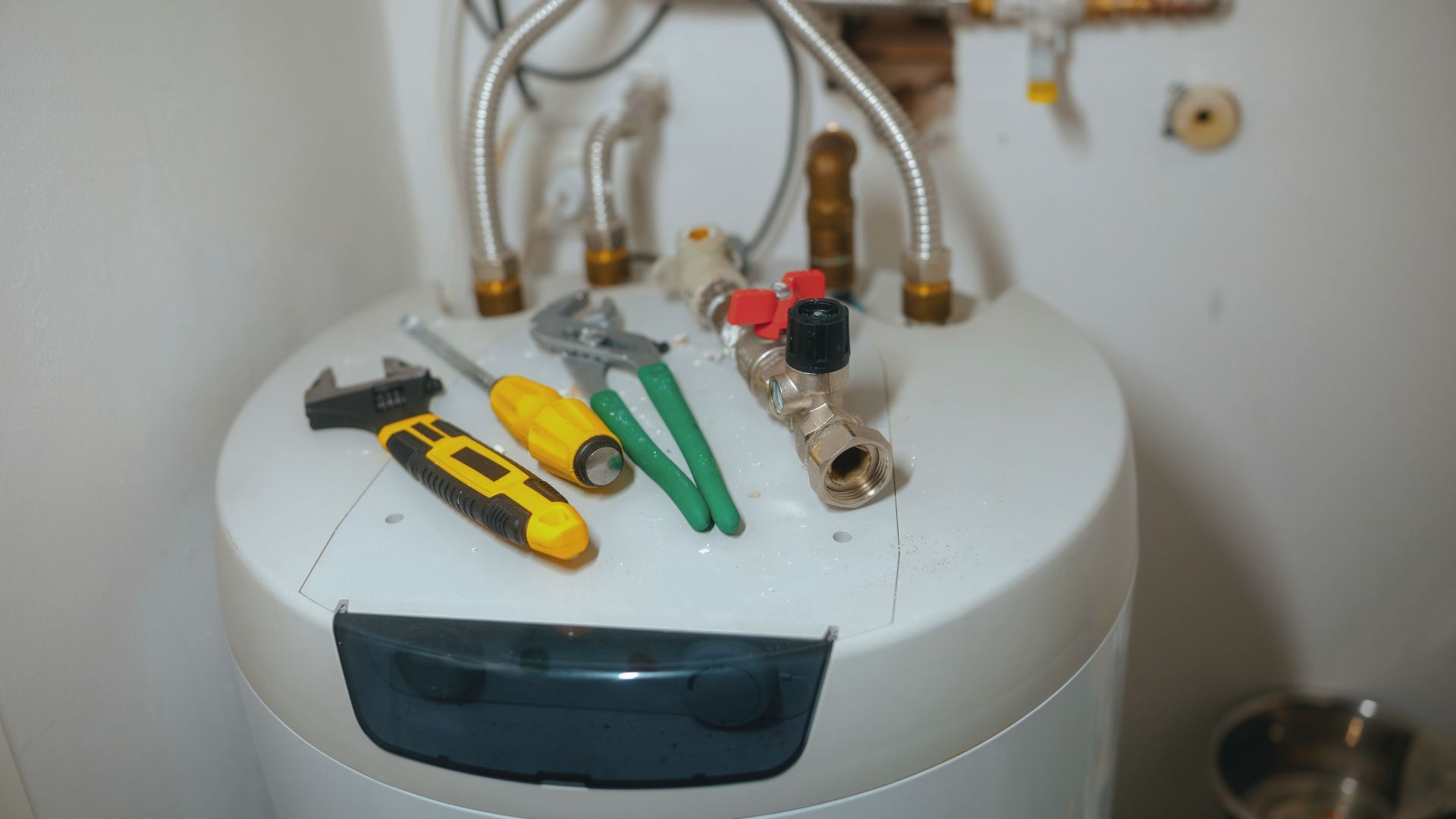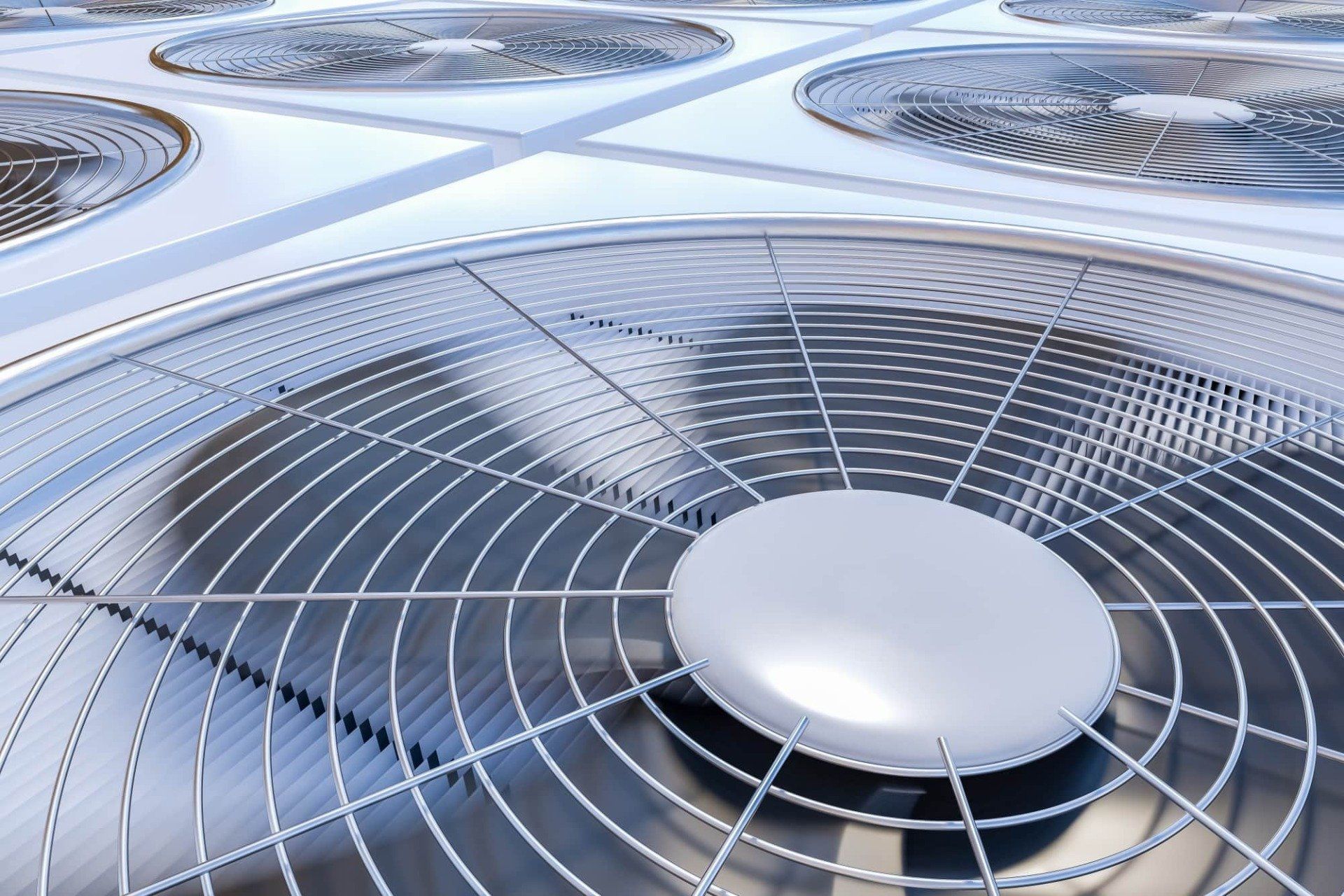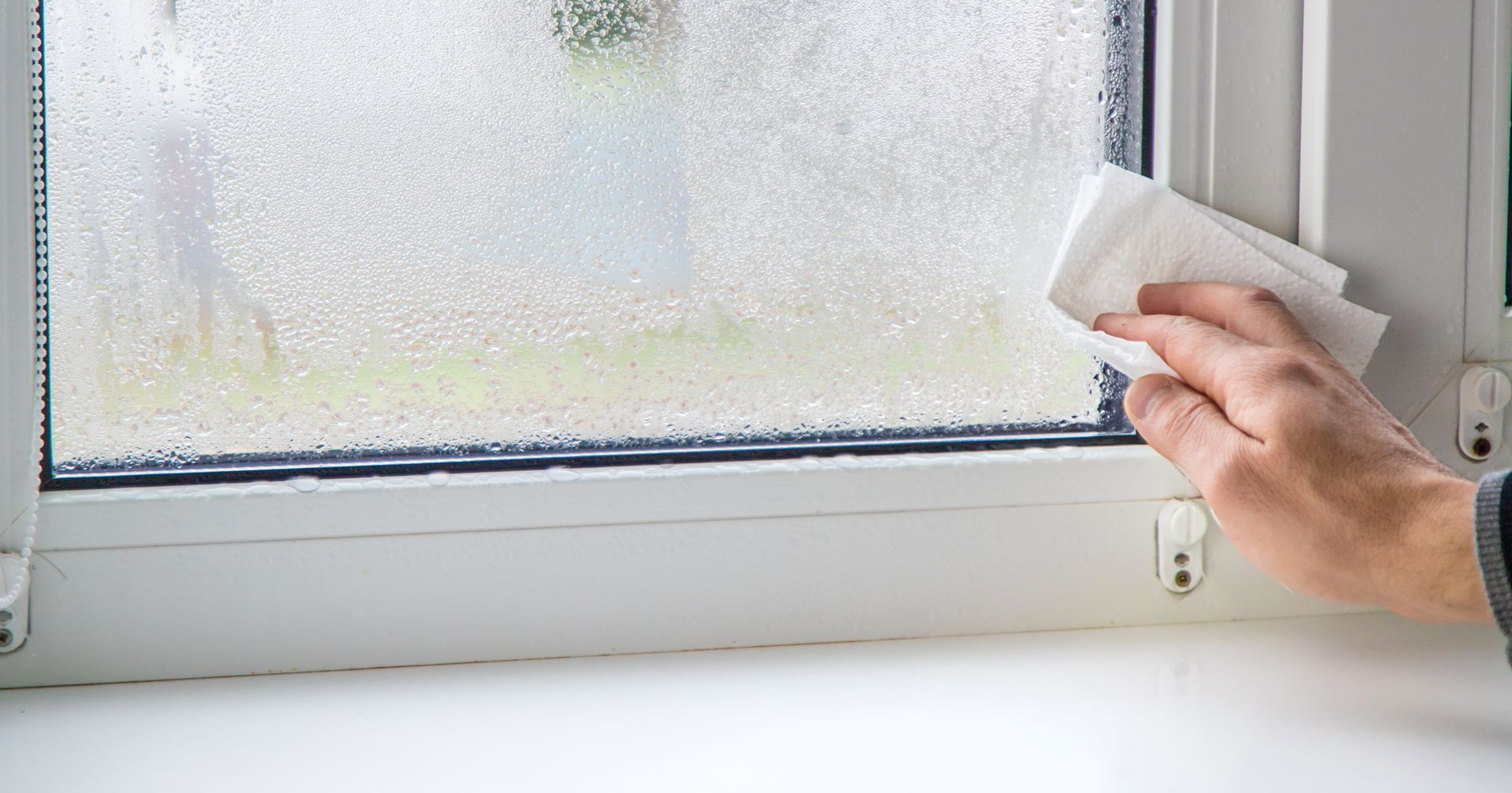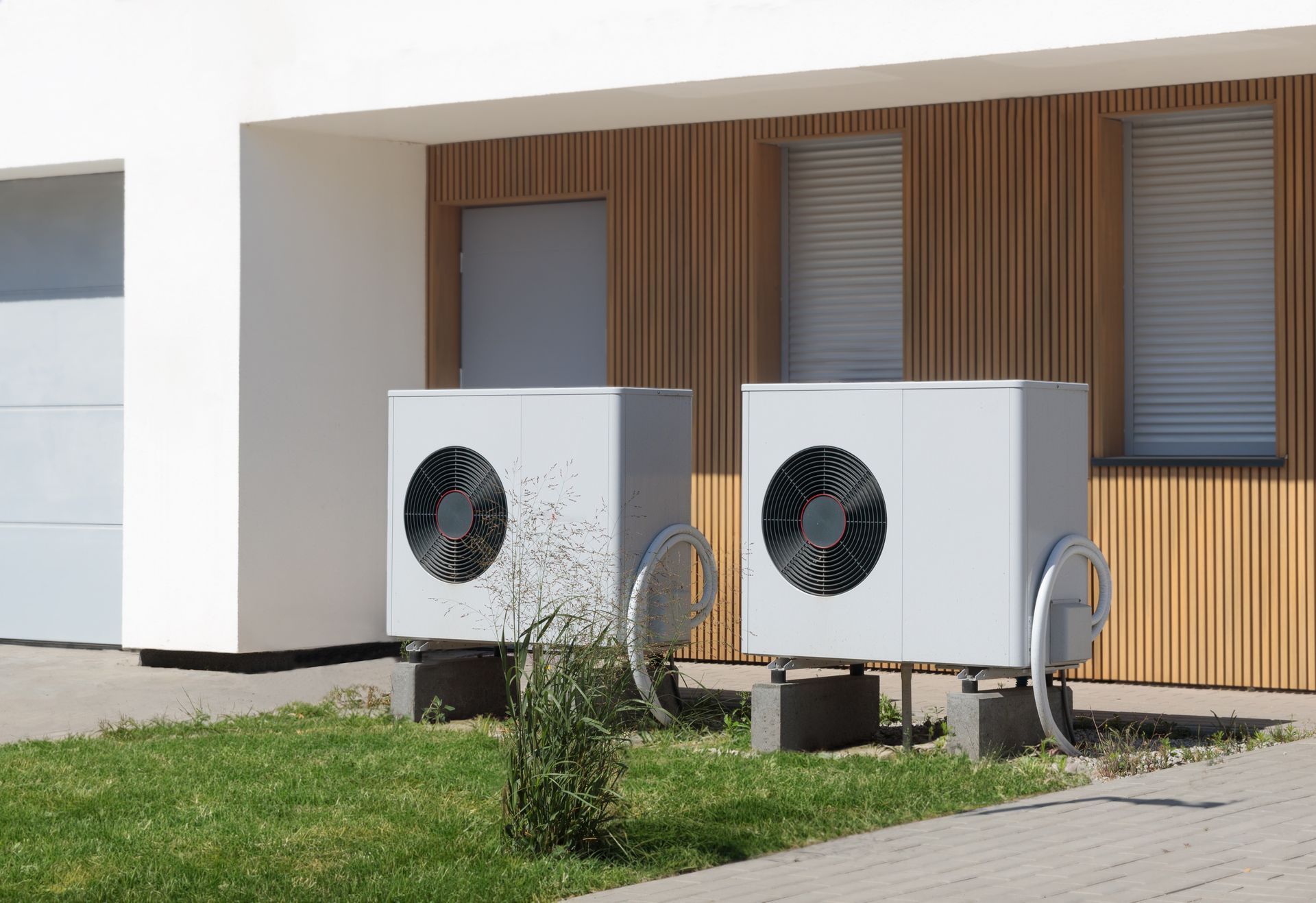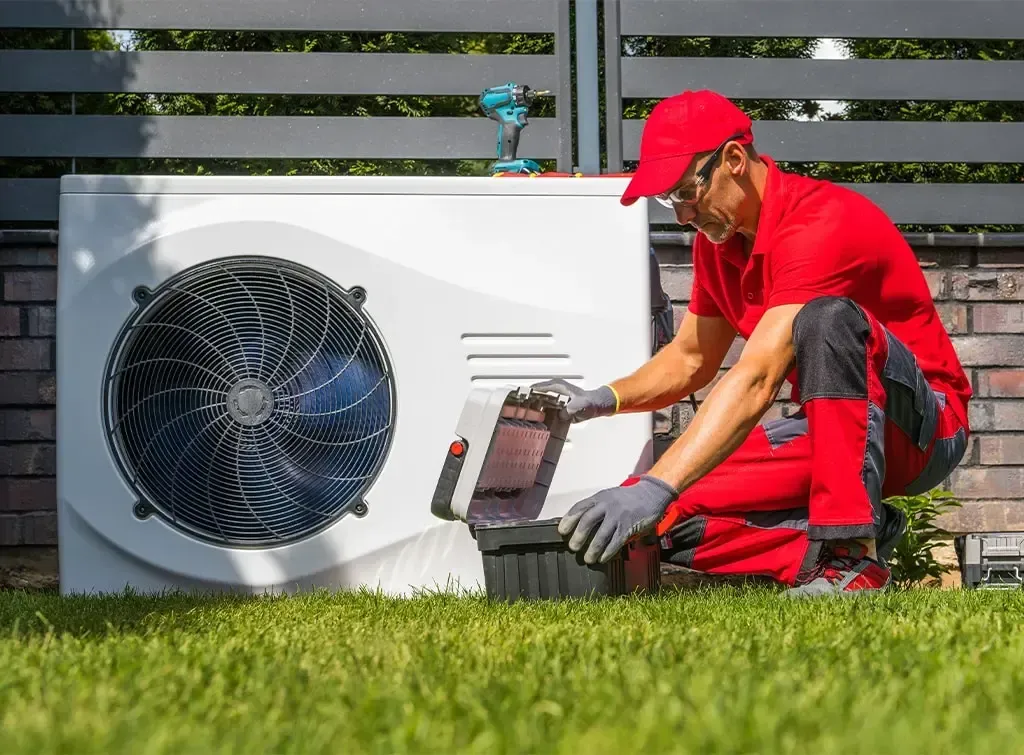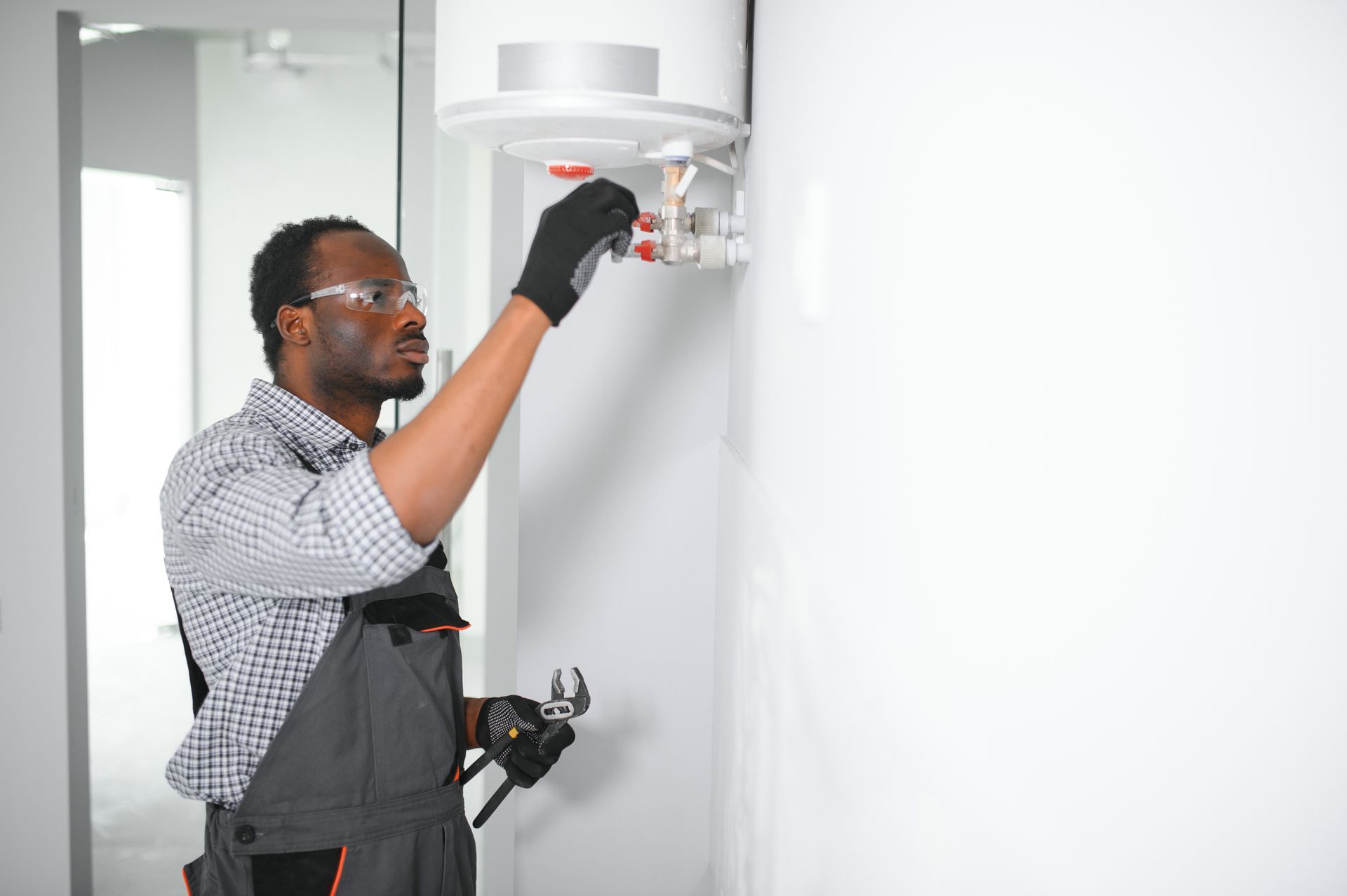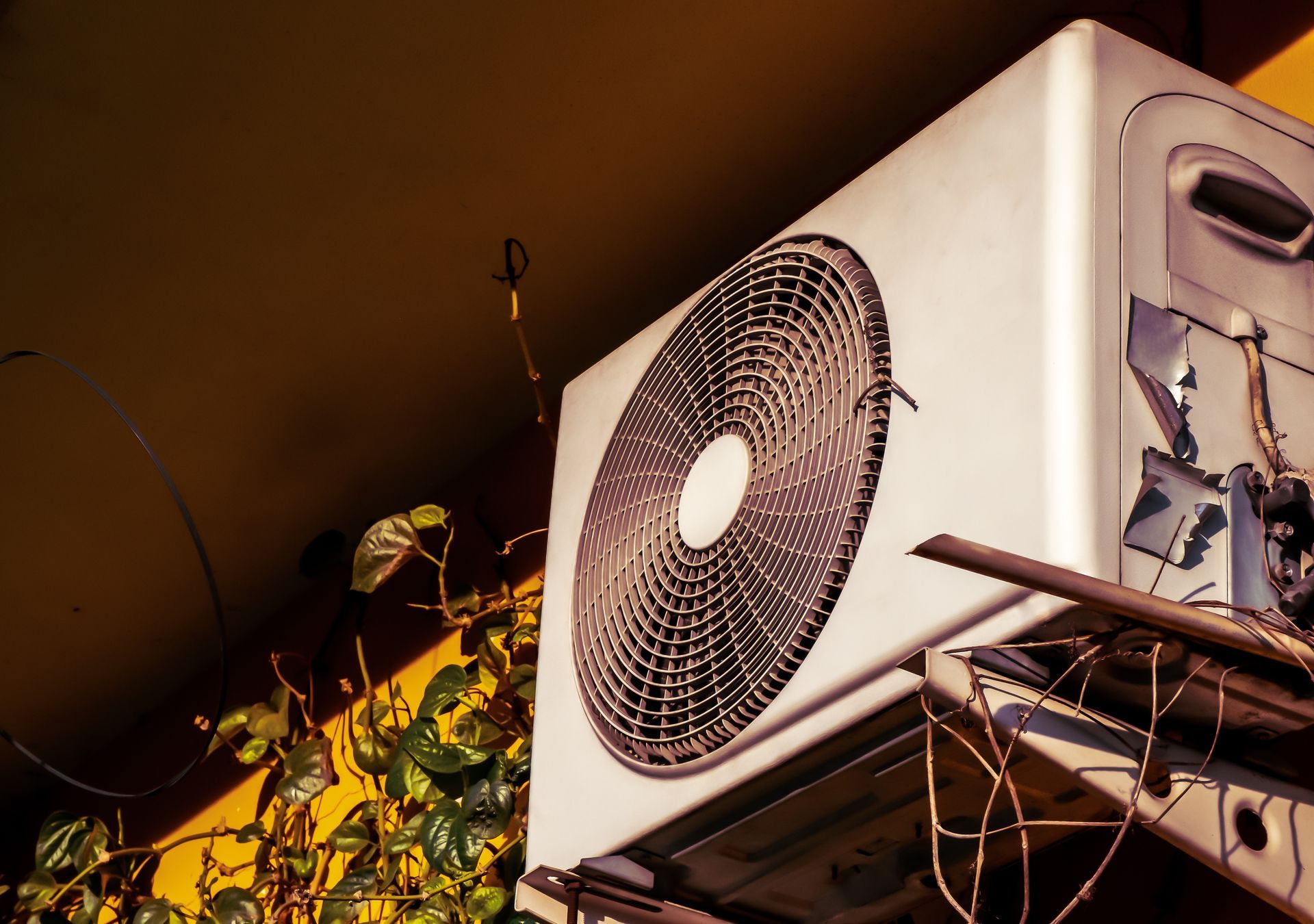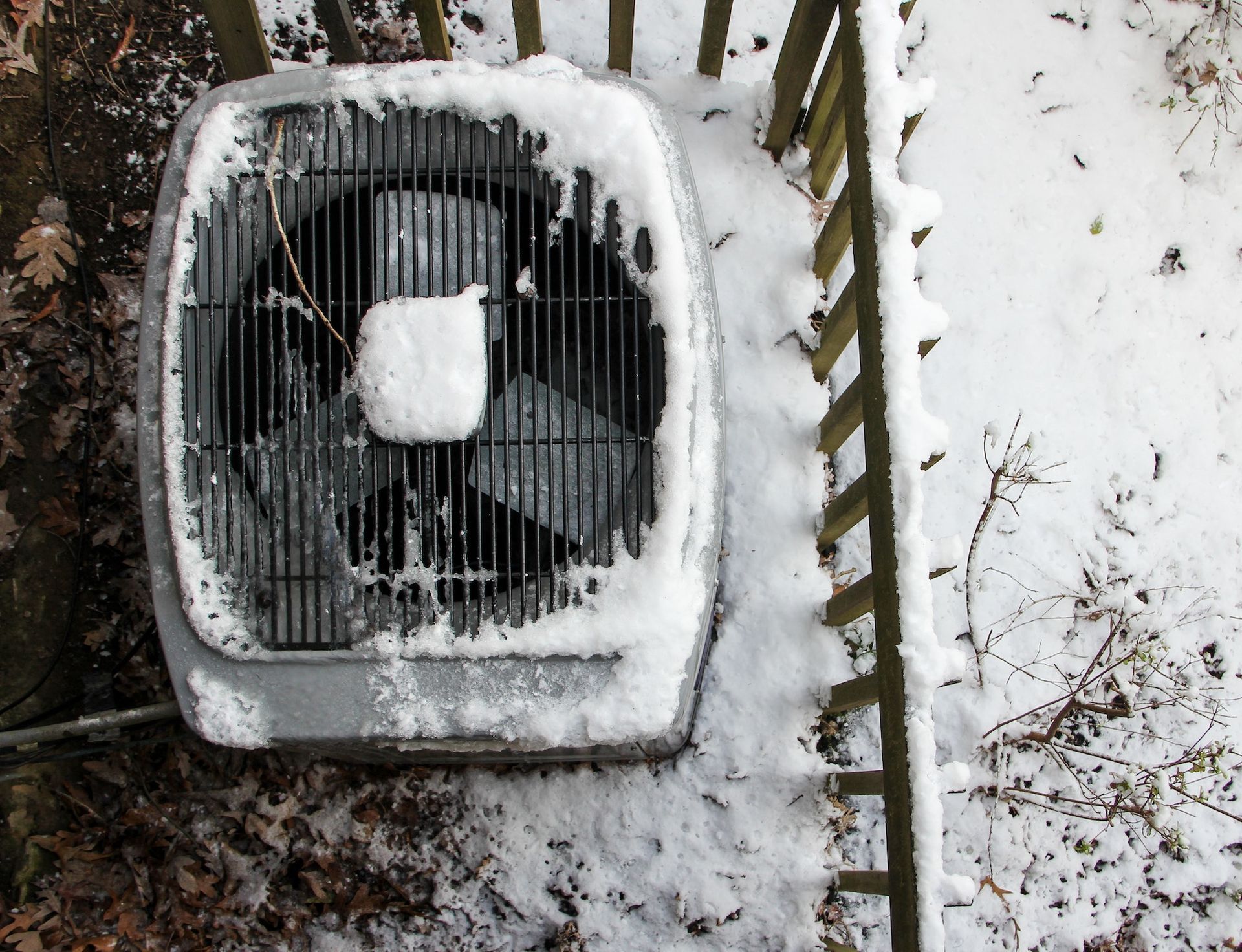Methods for Examining an Electric Hot Water Heater
Check Out These Great Tips!
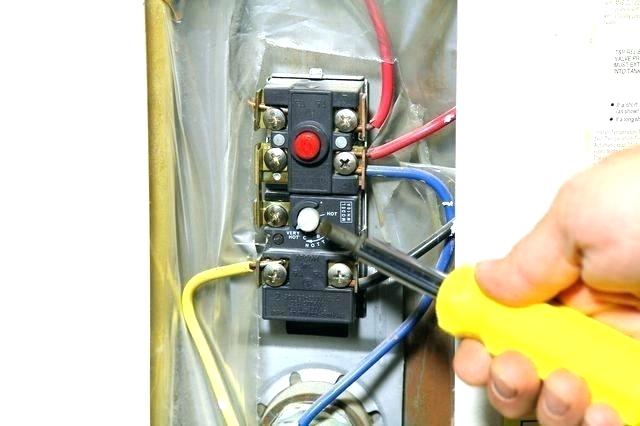
Electric water heaters look similar to gas-fueled ones. Both types use a steel-insulated storage tank jacket, that is insulated between the storage tank and the tank jacket to keep the water from losing heat.
The primary difference between electric and gas water heaters is the heat source. An electric water heater uses electric upper and lower heating elements that extend into the water tank. Gas heaters heat the water from below the tank with a gas burner.
Problems with little or no heat are most often caused by failed heating elements. Improper settings, high home water pressure, or a lack of tank maintenance can also cause issues.
To check your electric water heater the first step is to turn off the power. Electric water heaters are high-voltage appliances that are dangerous to work with when the power is on. Prior to checking any electrical parts of a water heater, shut off the power to the heater's circuit by turning off the appropriate breaker in your home's breaker box.
Also, test all wires in the water heater with a non-contact voltage tester to confirm the power is off before touching the wires. If you are unfamiliar with your breaker box or uncomfortable performing these steps, contact a plumbing professional.
When you have a heater that isn’t producing hot water, but it is getting power, it may have a tripped limit switch or one or more failed heating elements. First, check the water heater's circuit breaker in the service panel to make sure it hasn't tripped. Switch it off, then switch it back on again if the breaker has tripped.
If a tripped breaker is not the problem, try to reset the high-temperature limit on the heater:
Turn off the breaker to the water heater's circuit in the service panel.
Remove the access panel for the upper heating element on the water heater.
Remove the insulation and the plastic safety guard, being careful not to touch any wires or electrical terminals.
Press the red button. This is the high-temperature cut-off reset button and is located above the upper thermostat.
Replace the safety guard, insulation, and access panel.
Turn on the heater's circuit breaker.
If that doesn't solve the problem, you may need to call a professional to replace the heating element.
Our technicians are trained to repair all makes and modes and they can quickly assess the problem with your heater. However, a repair may not be the right option for you. You may want to consider buying a new hot water heater.
There are some tell-tale signs to look for that will help you to know when the time is right to invest in expert water heater installation from Adam’s Air.
You may need to replace your old heater if:
Your current water heater is at least 12 years old
Rust-colored water comes out of your taps or there is rusty buildup on top of your tank
Your water is not getting hot at all
You no longer have enough hot water at any one time to meet your needs
Your unit makes cracking or popping noises when the water is heating
Your tank is leaking
